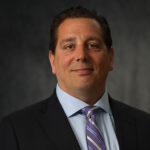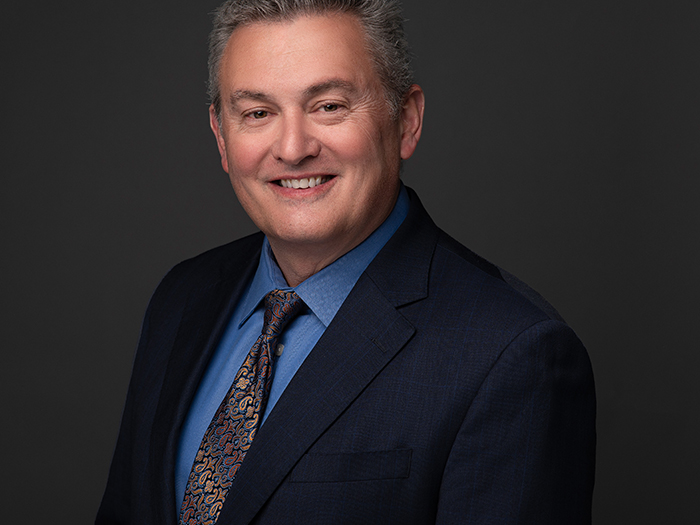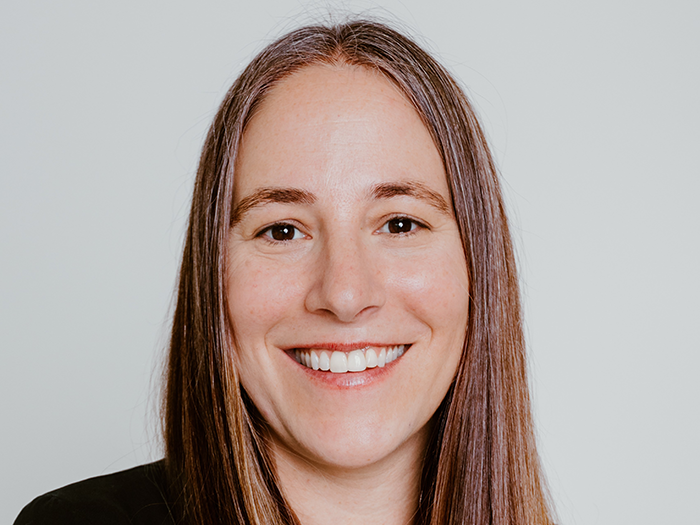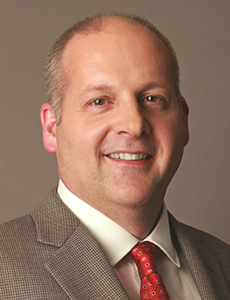Predict & Prevent® Podcast Episode 19: Beyond Prediction: Wildfire Mitigation That Works

While traditional insurers continue retreating from wildfire-prone areas, leaving property owners scrambling for coverage, one company is taking the opposite approach by combining cutting-edge analytics with mitigation-focused strategies.
Green Shield Risk Solutions is tackling the wildfire crisis head-on, proving that with the right technology and expertise, these risks can be successfully managed rather than simply avoided, according to “Beyond Prediction: Wildfire Mitigation That Works,” the latest episode of the Predict & Prevent® podcast from The Institutes.
Pat Blandford, CEO and Founder of Green Shield Risk Solutions, talks with host Pete Miller, CEO of The Institutes, about his innovative approach to wildfire risk management. Drawing on his extensive background in catastrophe insurance, including his previous role at Tokyo Marine Highland where he worked with private flood insurance, Blandford identified a critical gap in the market’s approach to wildfire risk.
“Nowhere in the equation was the focus on mitigation,” Blandford explained. “When you think about classical insurance, you think about prediction, prevention and risk transfer. And we saw enormous amounts of effort going to prediction and lots of scoring models. We just didn’t see much in the way of prevention.”
This insight led to the development of Property Guardian, Green Shield’s analytics platform that goes far beyond traditional risk models. While most existing tools focus solely on the propensity for fire in a given area, Property Guardian examines multiple layers at a parcel-level of detail, including structure characteristics, defensible space, roofing materials, and current vegetation data.
Most impressively, the platform performs propagation modeling, simulating over 100 wildfires in each region using 20 years of historical weather data.
The effectiveness of this approach was dramatically demonstrated during the recent Los Angeles wildfires. A builder’s risk client in Pacific Palisades had commissioned Green Shield’s analysis the previous June. The resulting report warned that if the area was impacted by Santa Ana winds, “the damage would go all the way to the ocean” due to building density and vegetation levels.
When the fires struck, this prediction proved accurate—but the structure survived because the client had implemented Green Shield’s recommended mitigation measures.
“I don’t feel like this was a black swan event,” Blandford emphasized regarding the L.A. fires. “If you looked at our models, our models would have told you that both the areas of the Eaton fire and the Palisades fire were high risk.”
The company’s unique strength lies in combining insurance industry expertise with boots-on-the-ground wildfire knowledge. Every member of their wildfire team comes from fire service backgrounds, having fought wildfires firsthand. This blend of technical insurance knowledge and practical fire experience enables them to develop solutions that actually work in real-world scenarios.
Looking ahead, Blandford plans to expand Property Guardian’s mitigation-focused approach to severe convective storms, floods, and hurricanes, while emphasizing that successful wildfire risk management requires collaboration across the entire value chain—from property owners and brokers to communities and building code officials.
To hear more about Green Shield’s innovative approach to wildfire risk management and the future of catastrophe insurance, listen to the full episode at predictandprevent.org. New episodes come out every three weeks. &











